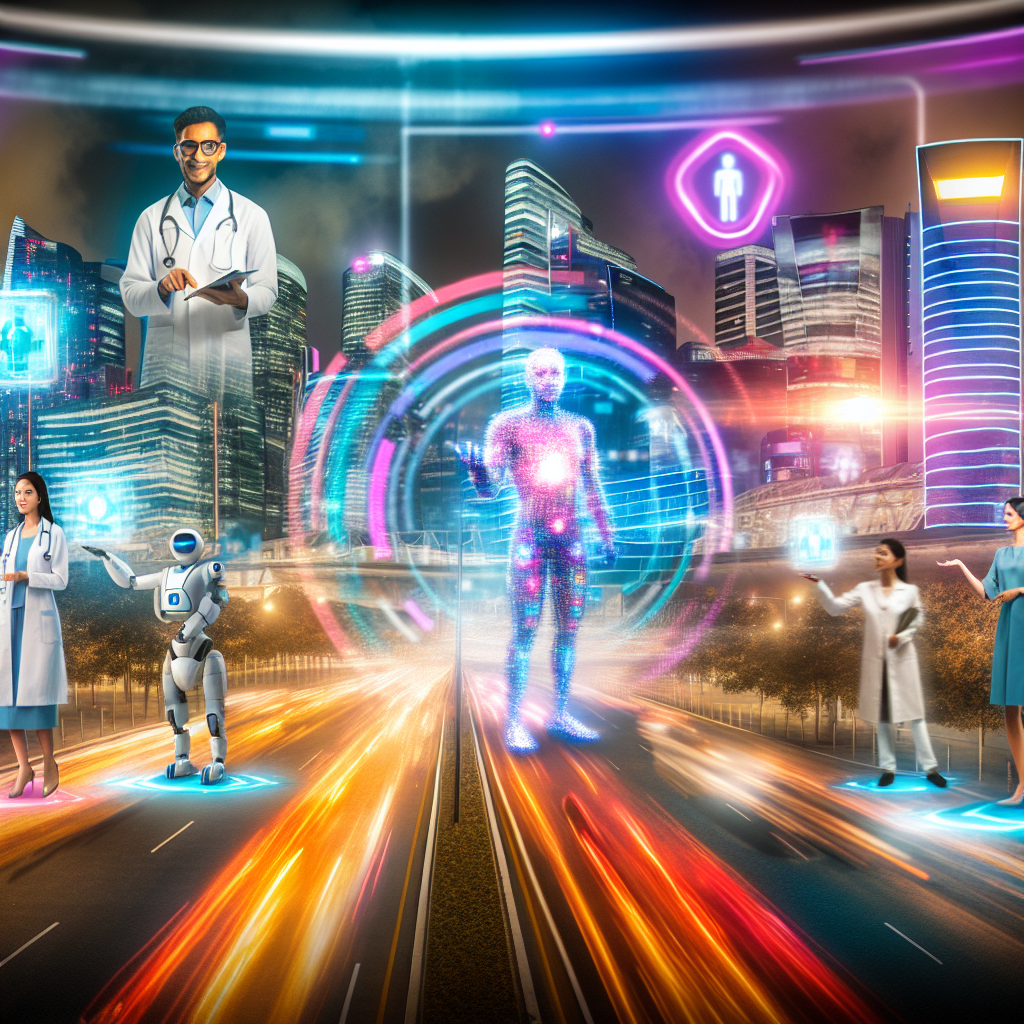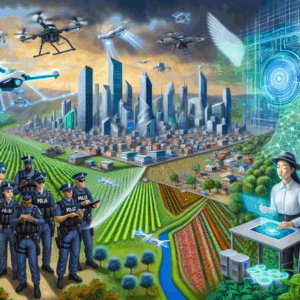AI Deals and Innovations Driving Tech Developments
Introduction
Artificial Intelligence (AI) is at the forefront of technological advancements that define modern innovation landscapes. Its influence is pervasive, affecting industries from healthcare to finance, and driving ground-breaking changes with an intensity and speed never seen before. Understanding the impact of AI deals and innovations is crucial for anyone keenly observing technological trends or involved in the tech industry. This post delves into recent AI trends, significant corporate maneuvers shaping the industry, and their far-reaching implications. We also look ahead, considering the future trajectory of AI and its potential to redefine global competitive dynamics.
Current Trends in AI Innovations
The landscape of AI technology is undergoing rapid transformation, with formidable advancements occurring in various domains, including machine learning, natural language processing (NLP), and computer vision. Leading companies like OpenAI, Google, and Microsoft are spearheading innovations that continue to expand AI’s capabilities. OpenAI’s GPT models, for example, have pushed the boundaries of what’s possible in text understanding and generation, enabling machines to interact with humans in ways that were previously unimaginable.
Google AI’s research in deep learning and quantum computing is laying new foundations across sectors such as logistics, where real-time tracking powered by AI is becoming standard practice. Meanwhile, Microsoft’s Azure AI is improving productivity with services that automate and refine business processes. Such innovations are not contained within traditional tech boundaries; industries as varied as automotive, healthcare, and education are reaping the benefits of these developments.
Significant AI Deals in the Industry
Recent years have witnessed substantial AI-related mergers and acquisitions that signal the strategic positioning of tech giants. Microsoft’s acquisition of Nuance Communications, a leader in healthcare AI, exemplifies how companies are investing heavily to integrate sophisticated AI solutions into their service offerings. This $19.7 billion deal underscores a strategic push to enhance Microsoft’s cloud health offerings with Nuance’s conversational AI and ambient clinical intelligence.
Investment in AI startups is another key trend, reflecting a robust belief in the future potential of AI technologies. Venture capital is flowing into emerging AI companies, catalyzing innovations that range from advanced driver assistance systems (ADAS) to predictive analytics in logistics. Furthermore, partnerships between tech enterprises and academic institutions are fostering an environment ripe for innovation, with institutions providing the rigorous academic insight necessary to drive forward-thinking AI solutions.
Impact of AI Innovations on Technological Advancements
AI innovations are kindling significant transformations across various sectors. In finance, for instance, predictive analytics driven by machine learning is optimizing portfolios and improving risk assessments. In healthcare, AI diagnostics and the Internet of Medical Things (IoMT) are revolutionizing patient care, offering solutions like remote patient monitoring that enhance operational efficiency and patient outcomes.
Furthermore, the automotive industry is being reshaped by AI through self-driving cars and enhanced safety systems like Tesla’s Autopilot. These technologies highlight AI’s prowess in improving productivity and efficiency, offering businesses an invaluable tool for competitive advantage. Documented examples demonstrate AI’s measurable impact, such as reduced operational costs and enhanced decision-making speed, setting a new standard in innovation.
Regulatory Considerations in AI Development
As AI innovations burgeon, they are increasingly subject to regulatory scrutiny, which is pivotal in ensuring technologies are safe, ethical, and cause no harm. For example, Tesla’s autonomous vehicles under the Autopilot banner are under the microscope amid safety concerns. Regulatory frameworks like the General Data Protection Regulation (GDPR) highlight the need for accountable and transparent AI deployment, ensuring user data privacy and ethical use of AI technologies.
In the backdrop of these technological marvels, ethical considerations are gaining prominence. Issues of bias, accountability, and transparency in AI models are inviting fierce debate. Case studies illustrating the impact of regulations demonstrate both the challenges and the necessity of balancing innovation with societal safety and ethics.
Future Perspectives of AI in Technology
Looking forward, the pace of AI innovation suggests a future ripe with new trends and transformative technologies. We anticipate further convergence of AI with emerging technologies like quantum computing, propelling new capabilities in data processing and problem-solving. Potential future deals could dramatically alter industry landscapes, as large players vie to secure strategic advantages through acquisitions and partnerships.
The integration of AI into various sectors heralds not only advanced capabilities but also increased global competitiveness. As nations and companies adapt to these developments, AI will play an increasingly strategic role in defining economic prowess and influence. The tech sectors, particularly finance and automotive, are likely to witness intensified competition, driven by their critical deployment of AI technologies.
Conclusion
AI deals and innovations stand as pivotal drivers of tech developments today. From industry-changing acquisitions to revolutionary technological progresses, AI is reshaping the very fabric of how sectors operate and evolve. It is crucial for stakeholders to remain informed about these developments and their implications on business strategies and societal norms. Furthermore, a responsible approach to AI deployment that aligns with ethical standards and regulatory policies is essential. As AI continues to grow and integrate into further aspects of life and industry, its role as a catalyst for both innovation and improvement will only become more pronounced.





